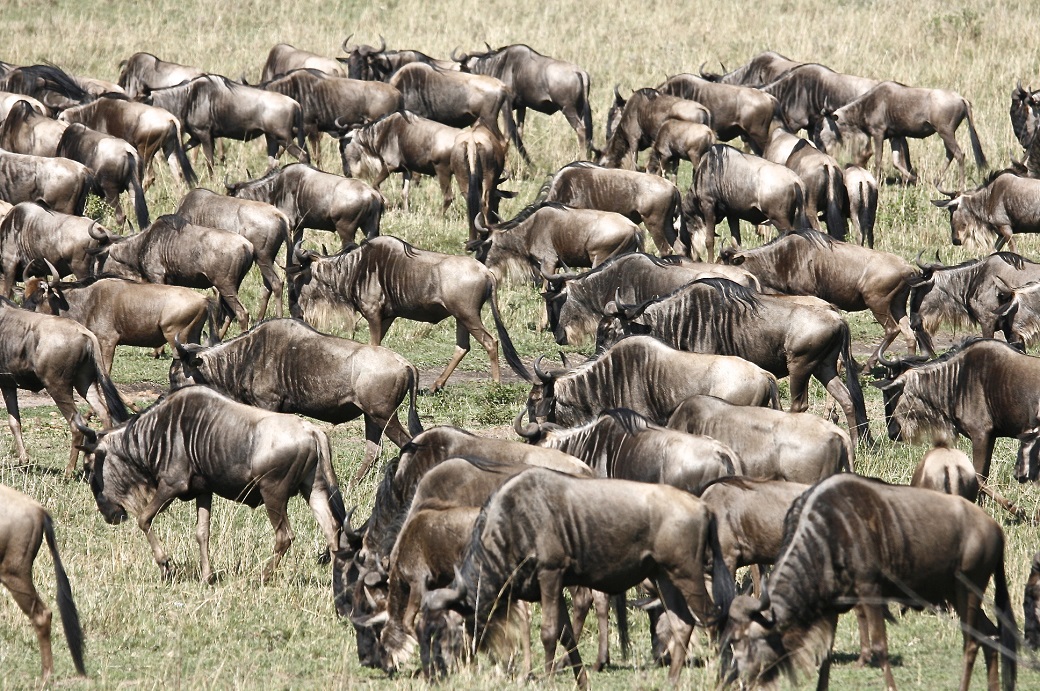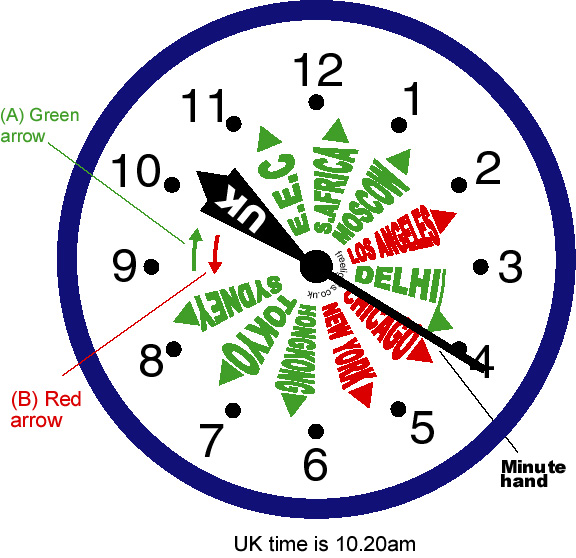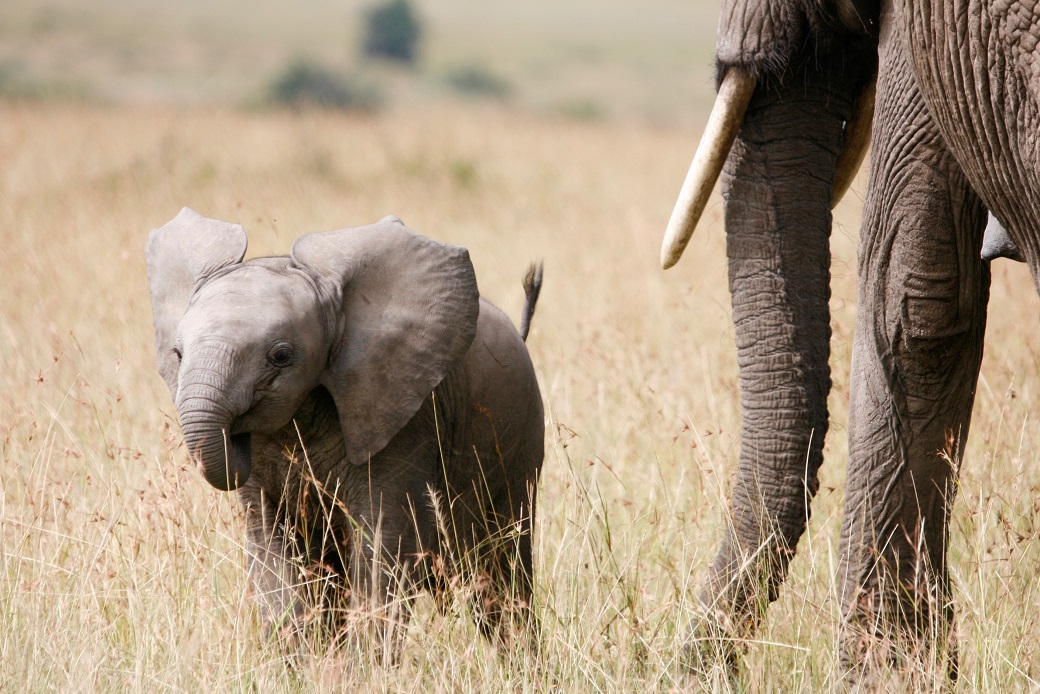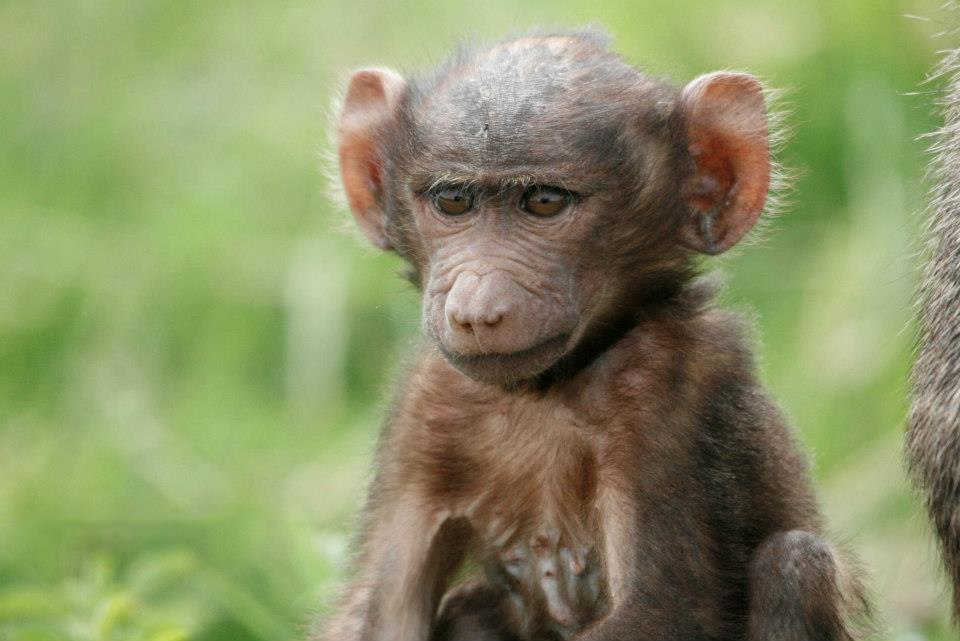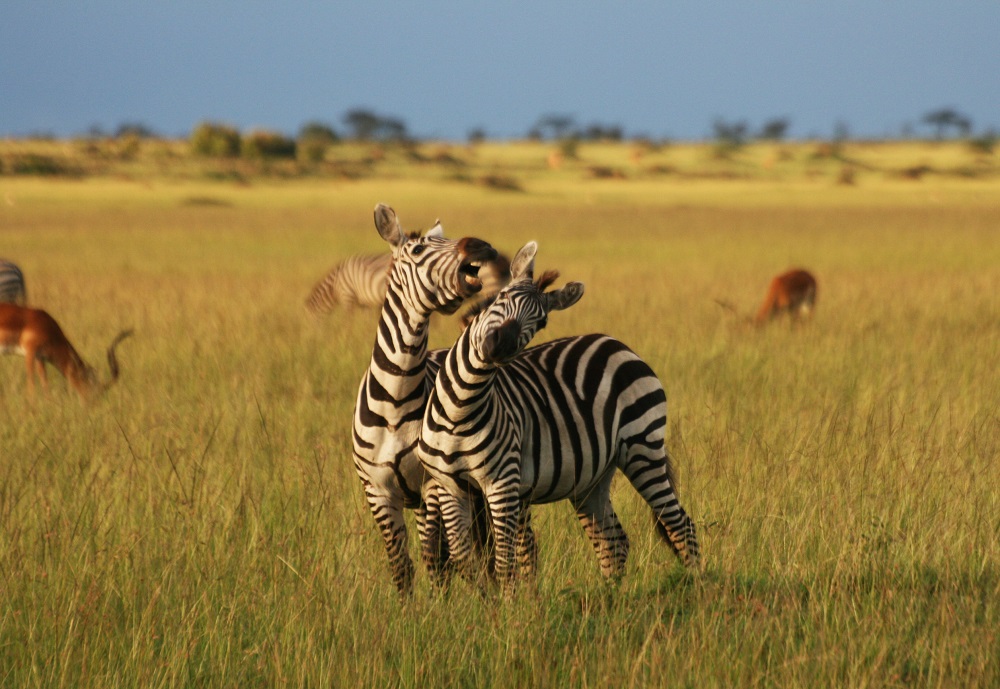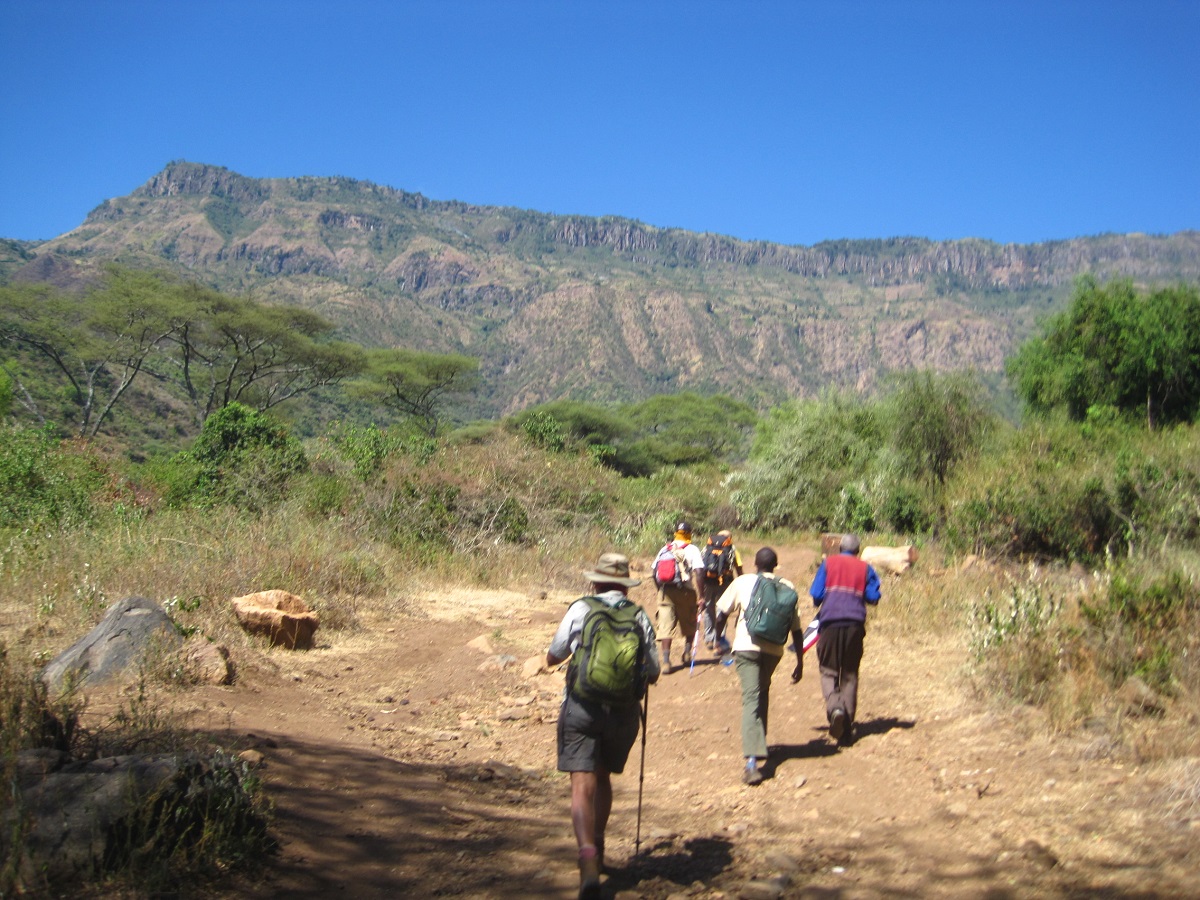Traveller Info
Climate
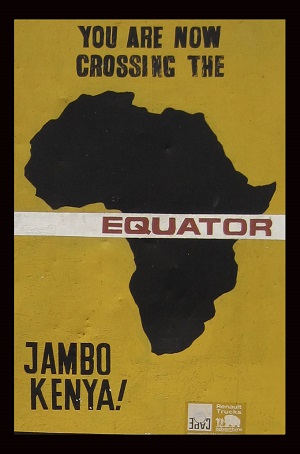 |
Although Kenya lies on the equator, much of the country is not tropical. Because of a huge variation in altitude there are extensive differences in temperature; nights can be really cool, including the Nairobi area (1650m) and particularly in July and August, which is considered the Kenyan winter. Above 2400m it can be cold, with snow falling on the higher slopes of Mount Kenya. The Kenyan coast and Lake Victoria areas are warm to hot with high humidity, while the north eastern and eastern lowlands are hot and dry. Kenya is influenced by two air masses at different times of the year, thereby resulting in an alternation of dry seasons and rainy seasons. An air mass originating in Arabia and the Horn of Africa dominates from December to March, usually bringing hot and dry weather. From April to July, a humid air mass brings rain from the Indian Ocean. It is these air masses that have been used for centuries by Arab and Chinese traders to sale to and from East Africa. Another air mass, originating from the Atlantic Ocean and the Congo Basin, brings rain to western Kenya, mainly in August. The dry seasons range from mid-December to March and from July to October while the rainy seasons spread over April to July and from November to mid-December. But, considering the El-Niño phenomenon, it becomes more and more difficult to forecast the weather! Kenya forecast link: click here. |
When to go to Kenya
Time difference
Language
Visa
Children
International flights
Cost of safari
Vaccinations and Insurances
What to Pack
Adventure









